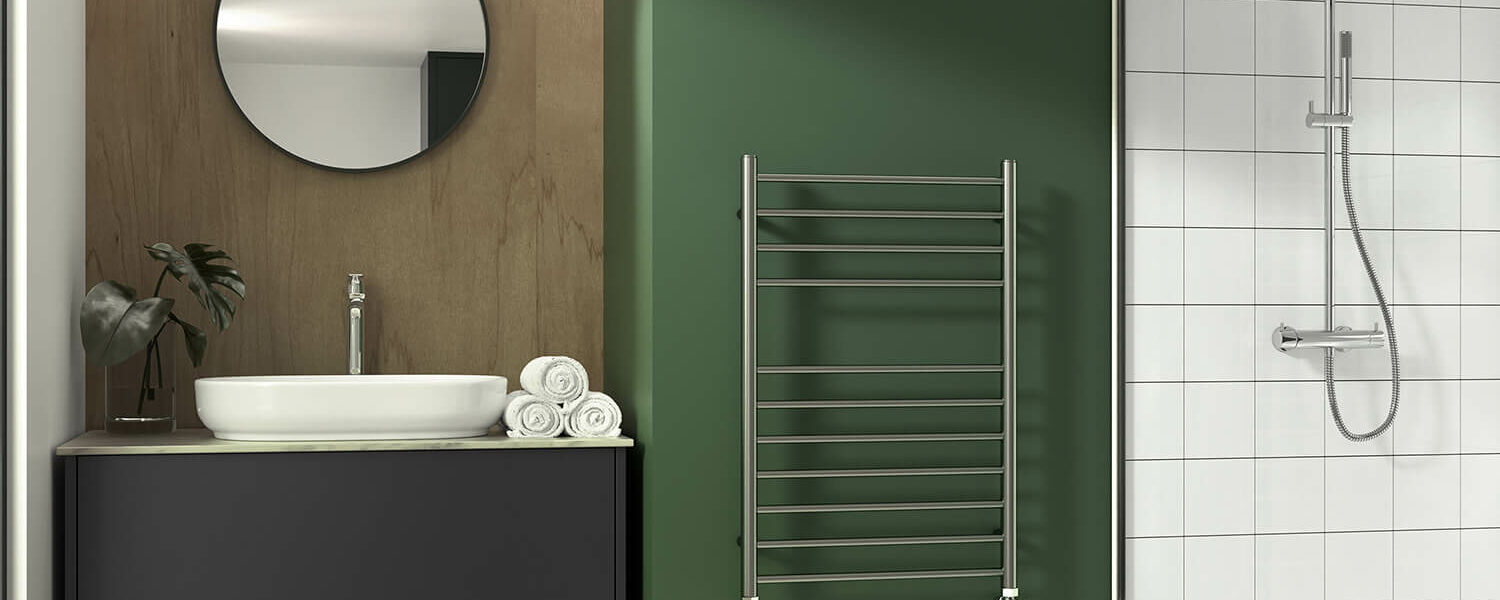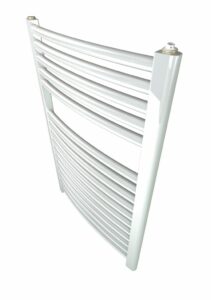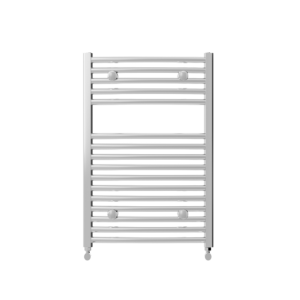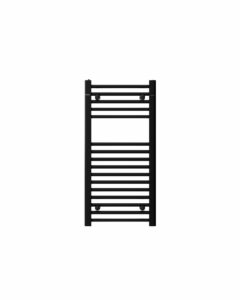When choosing a heating element for your heated towel rail or radiators, it’s important to consider several factors. You’ll need to consider the size of your bathroom and the warmth that you want the towel rail to generate. If the element is too small, the rail won’t be able to heat up properly. However, if the element is too large, you’ll be wasting unnecessary power.
Heating elements convert electricity into heat. They are effective in towel rails as they allow you to warm the bars without turning on your central heating. You may want warm towels on a chilly spring morning or in the summer, but don’t want to turn the whole central heating system on. You have more control with a electric towel rail and can heat it independently from your other units.
In this guide, we’ll help you decide what size heating element you ideally need for your heated towel rail.
Towel Rail Sizes and Their Wattage
The surface of your towel rail is based on the length, height and thickness of the bars. The larger the surface area, the more power you’ll need to heat the towel rail properly. An element’s output is measured in Watts; the larger the towel rail, the higher the Watts needed. For example, if your towel rail measures 600 x 600 mm, you’d ideally need an element with an output of 300 to 500 Watts. However, if you have a larger towel rail that measures 1800 x 600 mm, you may need an element with a wattage of 600 to 1000.
Here at Stelrad, we stock a wide range of towel rail radiators to suit any room. Our Iridio electric towel radiatoris available in heights of 1195 mm, 1523 mm, and 1810 mm, with lengths of 500 mm and 600 mm. Meanwhile, our popular Elegance E Flow series is available in heights of 894 mm, 1223 mm and 1714 with a length of 550 mm. Our Cobalto electric radiator is available in heights of 1090 mm and 1413 mm by a length of 500 mm.
It’s a good idea to base the size of your towel rail on the size of your bathroom. A small towel rail will struggle to heat a large bathroom, and it may cost you more. You should measure the size of your bathroom and work out where the towel rail will go and how tall and wide it can be.
Along with heating your towels, heated towel rails can also heat the room they’re in. You can work out what wattage your heating elements needs to have to heat a room by using a BTU (British thermal unit) calculator. The BTU calculator will need measurements of the room the towel rail is in. You’ll also have to include other information such as window size and the room’s location in the property.
It’s generally better to choose a heating element that is just below the wattage in your towel rail. This is because towel rails and radiators have a built-in thermal fuse to stop the unit from overheating. If the element is too large, you risk tripping the fuse, which will stop the element from working.
What is a Heating Element?
Heating elements use electricity to generate heat in the towel rail. They are used in lots of household devices including kettles, toasters and hair dryers. Heating elements are wired into the mains and heat the thermal fluid in the rails to warm the towel rail and the room. Electricity flows from the mains through the element and the electric energy is converted into heat. This process is known as Joule heating.
There are two kinds of heating elements: non-thermostatic elements and thermostatic elements. Non-thermostatic elements will heat your towel rail to one set temperature. Thermostatic elements allow you to adjust the temperature in the same way that radiator accessories, such as thermostats and TRVs, do. Non-thermostatic elements tend to be more affordable than thermostatic elements, but you are restricted to a constant temperature.
There are many benefits to electric heating elements. They are more cost-effective than gas because you have control over individual towel rails. You won’t have to unnecessarily heat the whole house with the central heating just because you want a warm towel after your shower. This also means you will have a lower energy consumption because you can heat one towel rail at a time. Thermostatic elements also allow you to set the temperature just hot enough to heat your towels without heating the room too much. This can be especially beneficial in the summer!
Smart Heating Elements
Smart heating elements allow you to heat the towel rail using a smart device such as your phone, tablet or laptop. You can connect your device to your towel rail with Wi-Fi and Bluetooth to control your thermostatic element and the resulting temperature.
There are many benefits to smart heating elements, primarily flexibility. You can adjust the temperature of your towel rail to suit your personal preference. They can be turned on and off remotely with your smart device, without you even needing to be in the same room as the towel rail. This means you can ensure the towel rail is up to temperature before it’s time to use the bathroom. You can also save money by ensuring you only heat the towel rail when you really need it. The upfront cost can be expensive, but your wallet will thank you in the long run.







